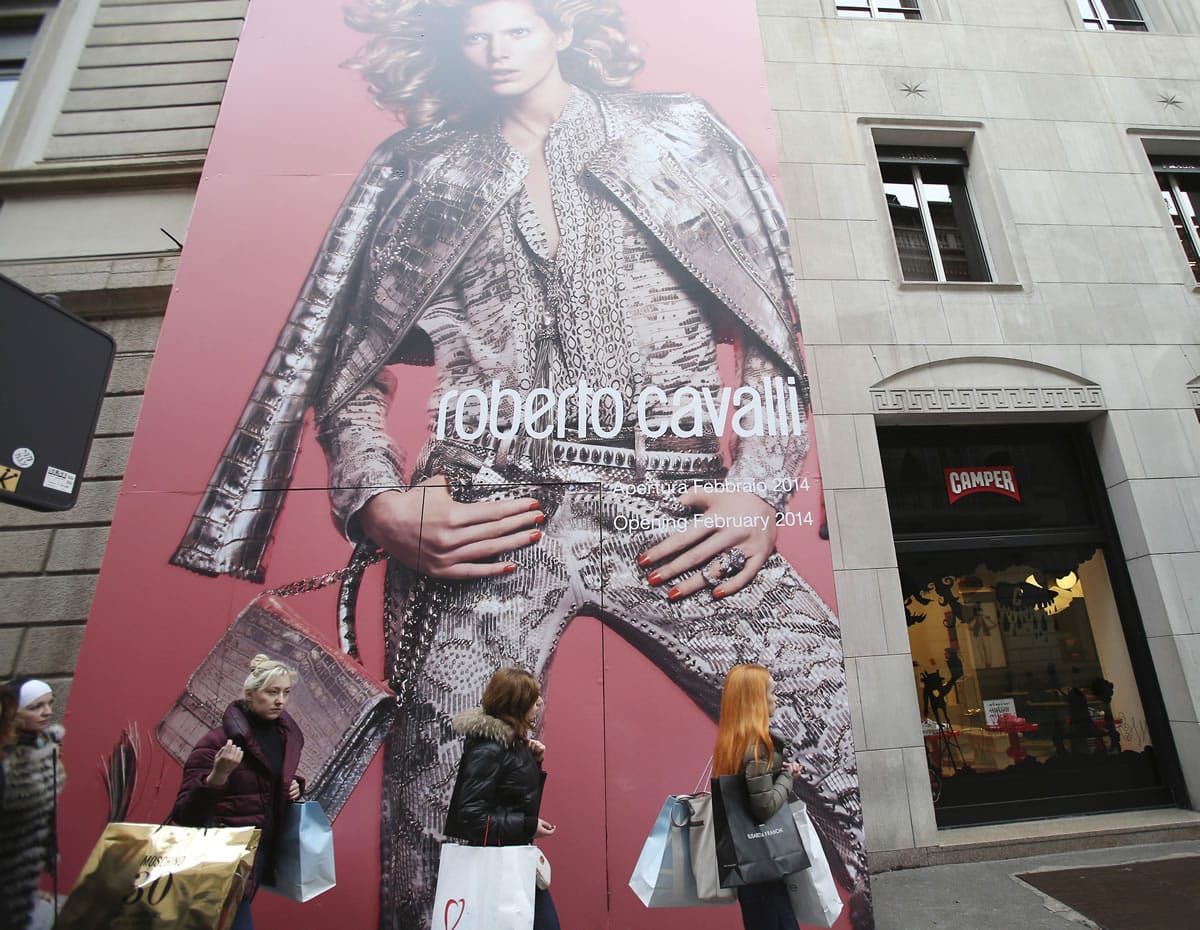MILAN — Milan is Italy’s finance and fashion capital, with hundreds of billions of euros invested on the Italian Stock Exchange and tens of billions more spent yearly in the city’s luxury boutiques. While Florence attracts art-lovers, Venice the romantic and Rome the faithful, most travelers to Milan come to broker deals and indulge in the latest Italian fashion trends. Nonetheless, there is plenty to see for those whose pockets are not so deep — be it by style choice, or not.
Window shopping
Think Milan, think fashion. It’s invitation-only to the four annual Milan Fashion Week runway previews, where designers offer their vision on next season’s looks — often adding audacious embellishments not really intended for the showroom.
A peek through the windows of the city’s numerous brand-name stores and boutiques gives a more street-ready view of the collections. Milan’s most famous shopping street is the via Montenapoleone, a one-third mile display of pure luxury apparel, jewelry, shoes, bags — and even knives and Venetian glass. While Prada may command 11,500 euros ($15,700) for a blue fur coat and 220 euros ($300) for knit garters resembling 1980s tube socks to complete the look, it doesn’t cost anything to dream.
The globe’s major luxury brands are all clustered near Montenapoleone and the nearby Galleria Vittorio Emanuele II, a shopping mall that dates to the 19th century, where a McDonald’s recently lost its lease to Prada menswear. While window-shopping, don’t forget to people-watch. Milanesi are among the most fashionable of the fashion-aware Italians.



